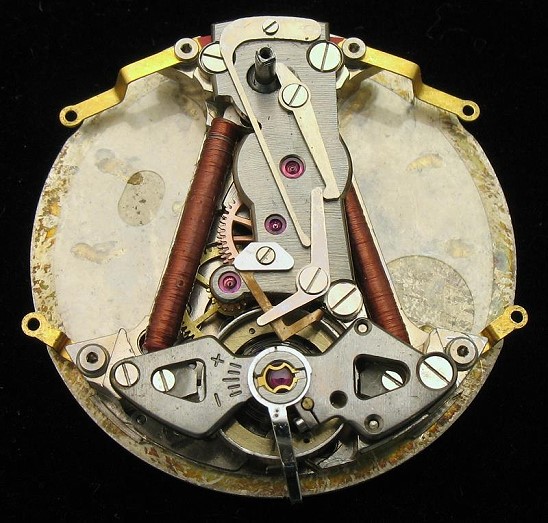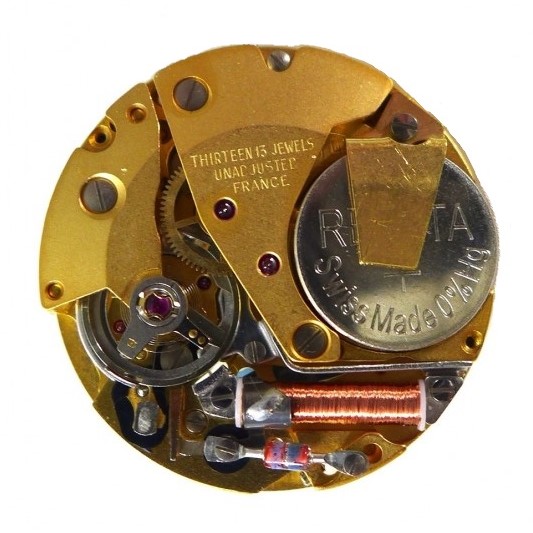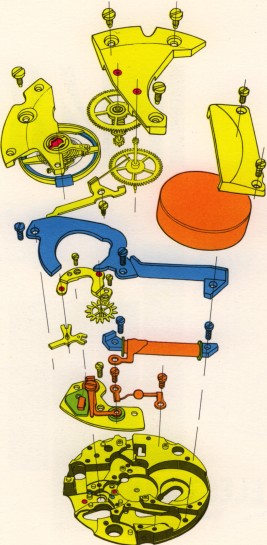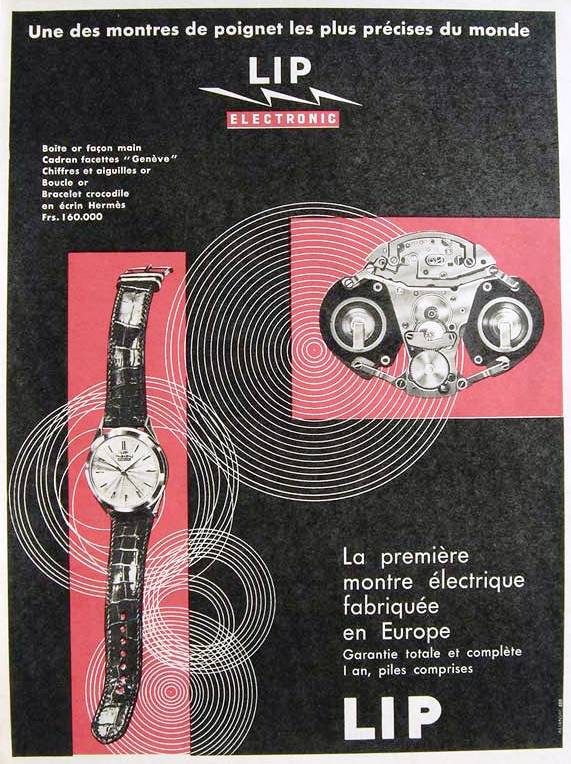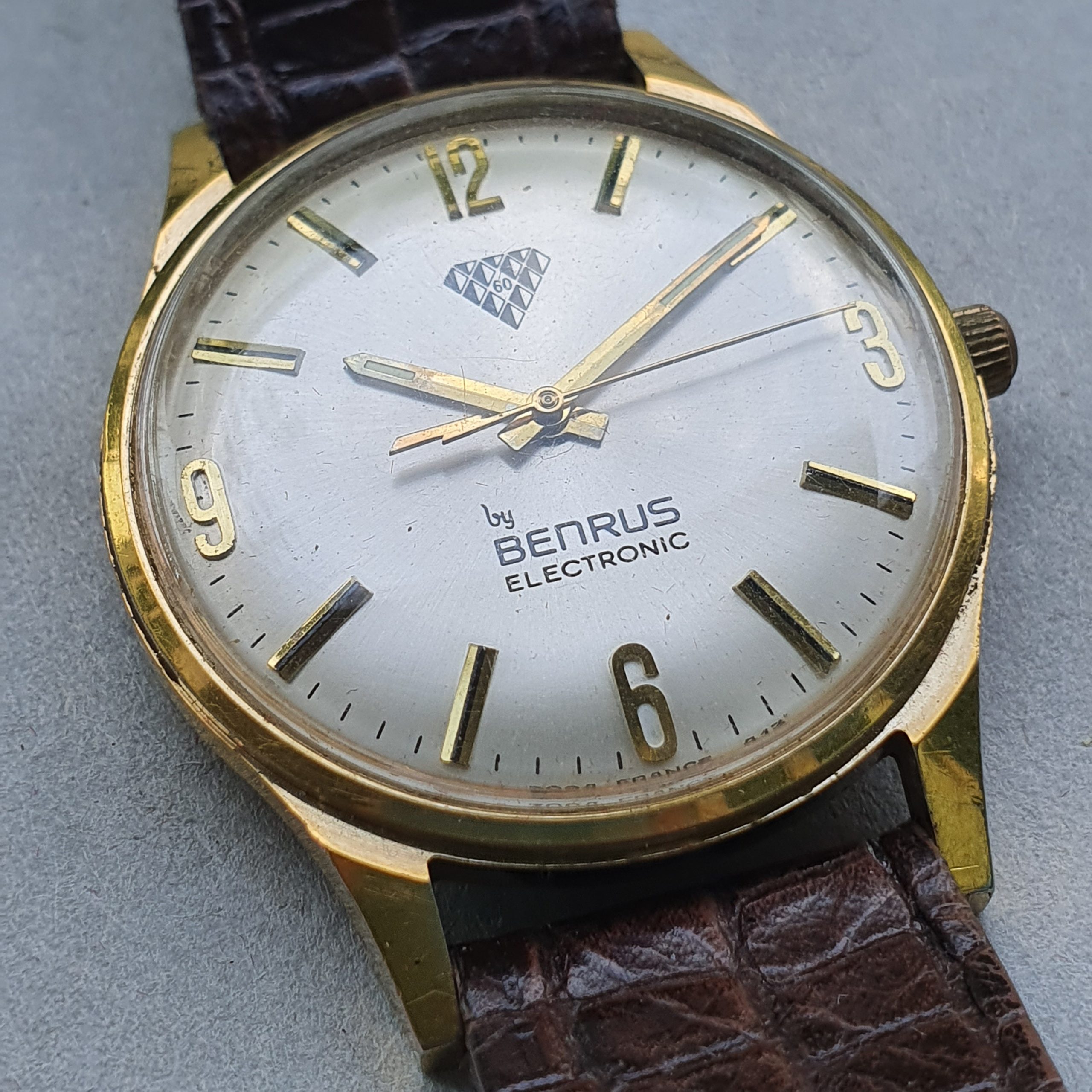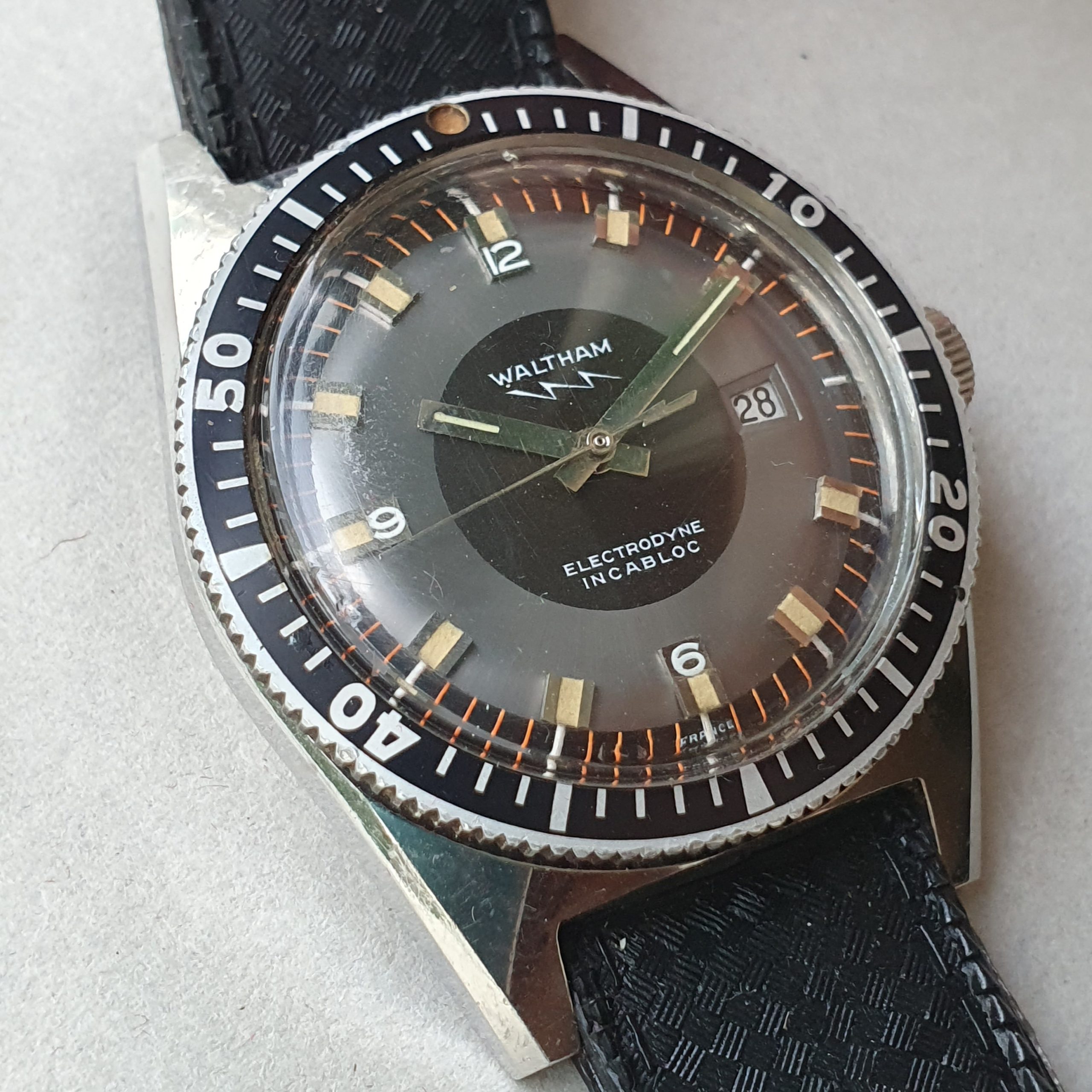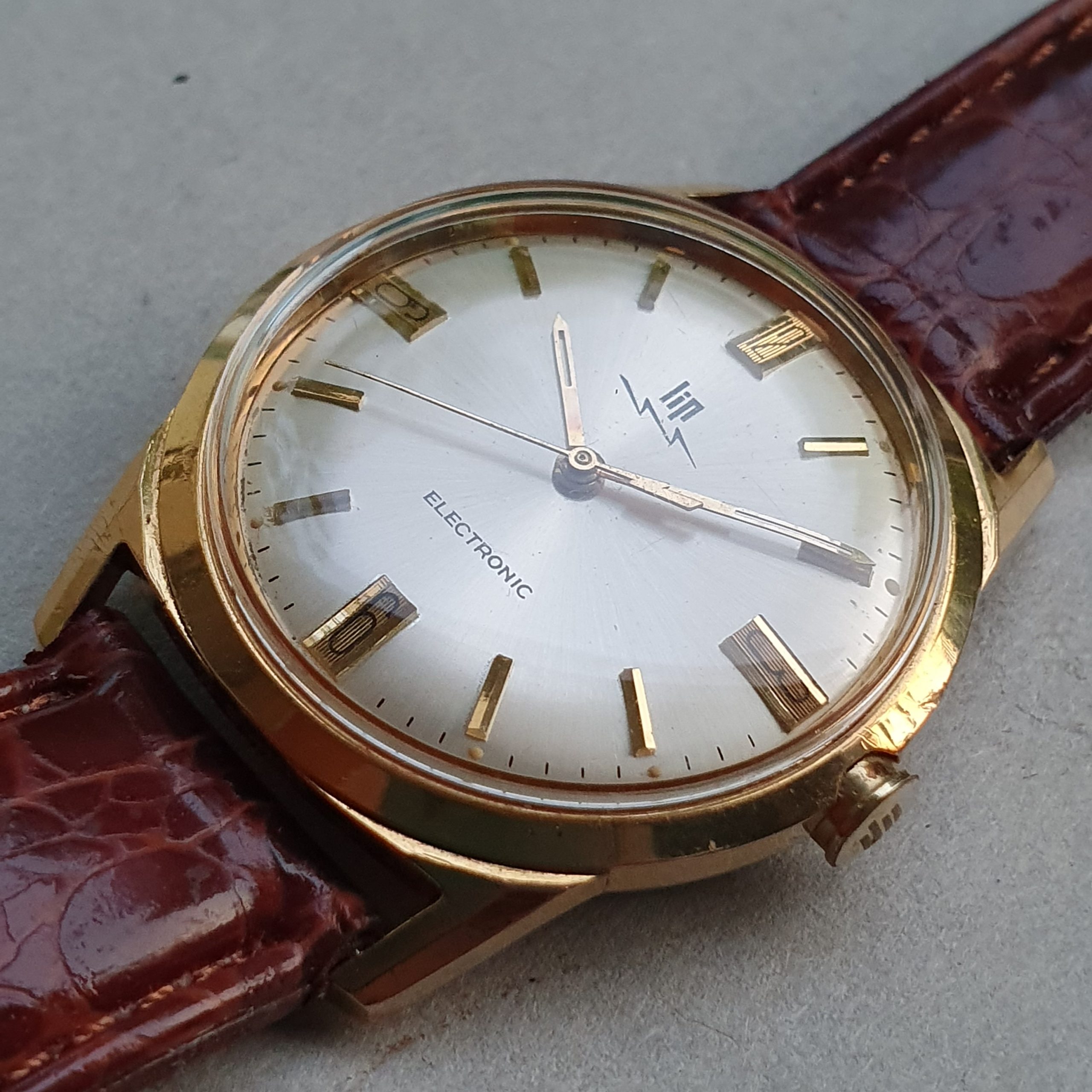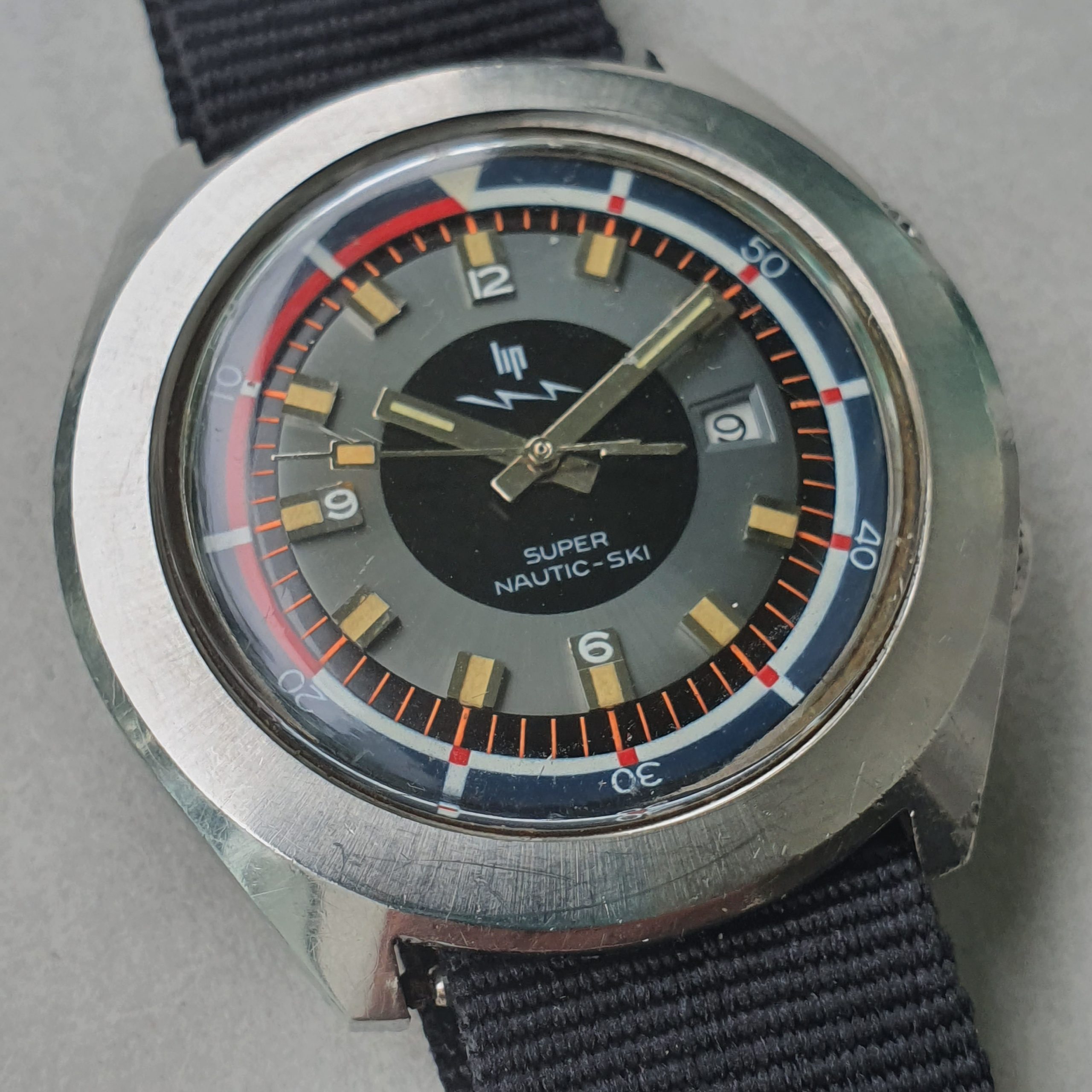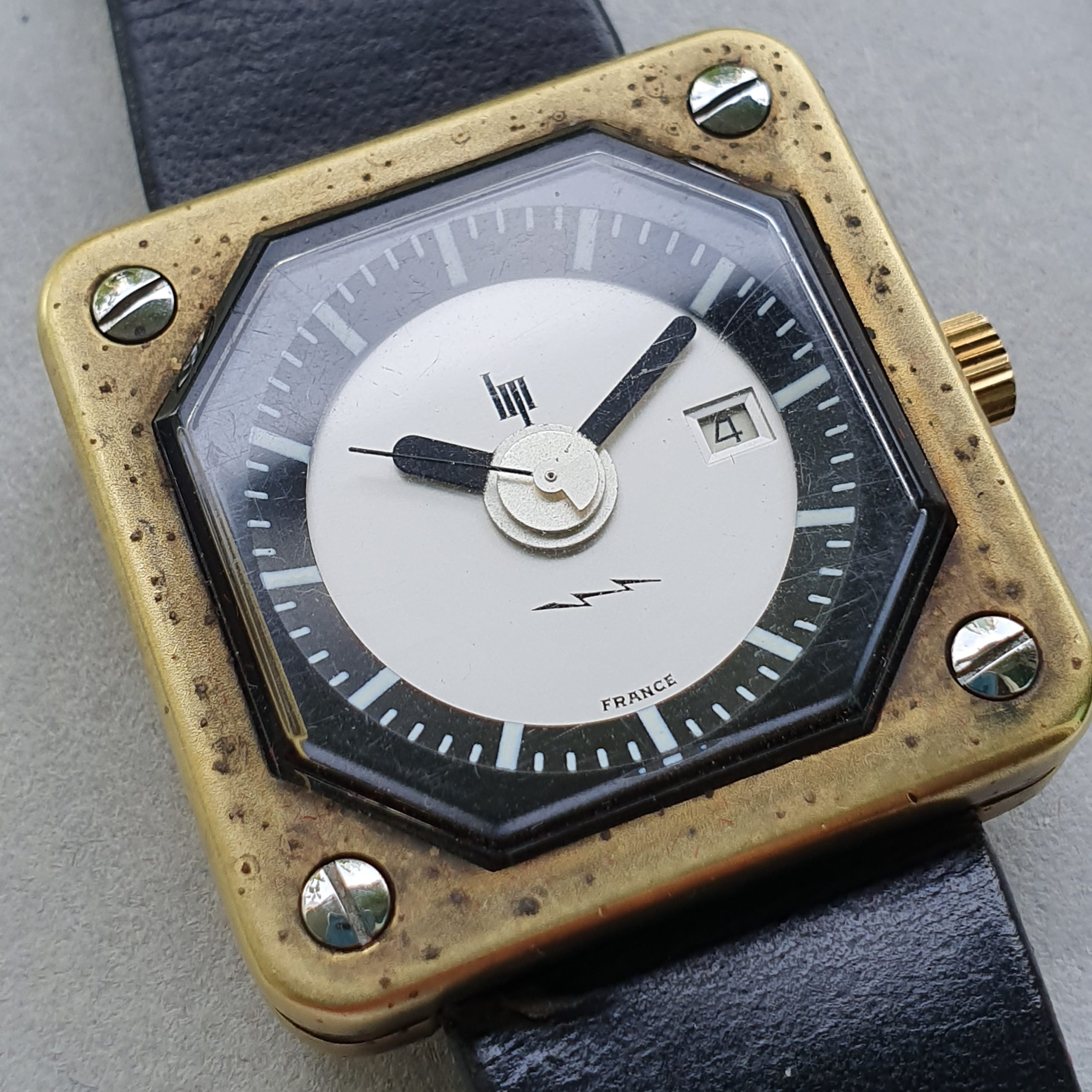Few watchmakers felt the need in the early 1950’s to invest in the research and development of electric watch movements, and even fewer could take pride in being able to succeed. Lip is the exception that stands out! The company made history, and without realizing at the time, has influenced the watchmaking industry for years to come.
In this post, my goal is to share with the watch enthusiast’s community about the electronic journey of Lip company. While researching the company myself, I found it fascinating. Especially as there is limited information available out there so every discovery was such a rewarding accomplishment!
The vision of a watchmaker ahead of its time
Fred Lip as the grandson of Lip Company founder and owner of the Besancon Lip factory since 1936 was adamant that the future of the wristwatch was electric.
Having such a clearly defined strategy, and with Ericsson Company support, Lip started exploring with electromechanical watch movements for table clocks in the late 1930’s. It was only after the second world war that it truly succeeded to produce smaller electromechanical movements to fit into a wristwatch.
What was new with electromechanical movements? The power of a mechanical watch movement comes from its mainspring where energy is generated and stored while winding it, either manually through the crown or via an automated mechanism. In comparison, an electromechanical watch movement draws its power from a battery that triggers an electric impulse to the balance wheel which in turn serves both as an oscillator and a motor.
Lip Calibre R27 – First of its kind in Europe

The journey started in 1950 when Lip secretly cooperated with Elgin, sending a team of 15 Lip engineers to US with the goal of documenting Elgin Calibre 722. Two years later Lip Calibre R27 was released to the world, their first working prototype receiving a chronometer certificate from Besancon observatory on 5th March 1952.
With this accomplishment, Lip Calibre R27 was the first European and World’s second working electromechanical watch movement ever produced, second only after Hamilton in cooperation with Epperlein release of their Calibre 500. While both movements were electromechanical, the difference was that Lip Calibre R27 employed a fixed type of coil that sent impulses to the balance wheel, while Hamilton Calibre 500 was a moving type coil having the coil itself mounted on the balance staff.
Despite a working prototype, it took nearly 6 years for Lip Calibre R27 production at scale to start and for public release from 7th December 1958. It was big milestone for the company so to mark the collaboration between France and US the first units were presented to Charles de Gaulle and Dwight D. Eisenhower.
Faced with expensive production cost and poor usability, Lip eventually manufactured less than 7.000 units. However, building on this experience another electromechanical watch movement was in the making that was to be their most successful one.
Lip Calibre R148 / R184 – A worldwide success
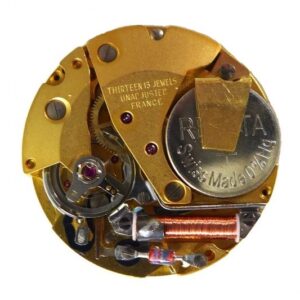
Their next chapter featured Lip Calibre R148 which was released in US in September 1962, and on the French market in early 1963. Compared to Lip Calibre R27 that employed two batteries and two coils, Lip Calibre R148 leveraged the same working principle but required only one battery and one coil.
This resulted in a vast improvement from both a reliability and serviceability perspective which concluded in a major success worldwide. Soon thereafter another variant with date and sweep-seconds hand was released – namely Lip “Datolip” Calibre R184 which is recognised as the world first electric watch movement with date indication.
It was produced in very large quantities and used by many other watchmakers, such as in USA by Benrus, Belforte, Elgin and Waltham, while in Europe by Buser, Electra, Marvin, Nivada, Revue, Stowa, Universal Geneve, Vulcain and ZentRa.
Lip Calibre R50 / R51 / R53 – Collaboration with Ebauches S.A.
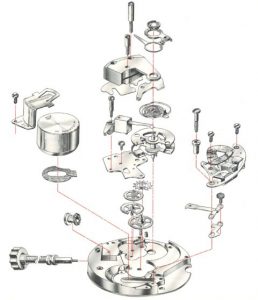
Even though Lip had some success in their electric endeavours, traditional mechanic watches were still making the bulk of their profits, which with the growing cheaper competition the revenue stream was impacted to such an extent that it required funding to survive. By the end of 1967 Swiss watchmakers under Ebauches S.A. (ESA) took this opportunity and bought 33% stake in the company.
During that time, a joint development between Lip and Ebauches S.A. took place for a much smaller electromechanical movement which was to be used mainly in ladies’ wristwatches. Released in 1970, Lip Calibre R50 (under Ebauches S.A. as ESA 9190) utilised the same fixed type coil principle as the earlier predecessors however an ATO License was required for the electronic part. Two other variants were produced namely Lip Calibre R51 which had a date disc extension, and Lip Calibre R53 which added sweep seconds-hand.
Most of the production occurred under Ebauches S.A. facilities and initially delivered to the USA, marketed under Bulova Caravelle 7 OTC, Gruen 80, Favor 308 and Waltham. Thereafter these were made available for the European markets, during which time Lip utilised the movement in their iconic watch models designed by the likes of Rudi Meyer and Roger Tallon.
Lip Calibre R32 / R33 – Catching up with the world
French watchmakers were late in adopting a quartz movement and Lip was no exception although it was the forerunner amongst its local peers. Local quartz module development was driven by the state-owned CETEHOR (Centre Technique de l’Industrie Horologere). The sole purpose of this institution was to provide modern scientific and technological infrastructure to French watchmakers, and this also benefited Lip at the time.
A quartz watch movement design consisted of a quartz module that was combined with a mechanical movement, under which the barrel was replaced with a battery and the escapement with a stepping motor. The quartz module included a printed circuit on which the quartz resonator, integrated circuit and trimmer were soldered
Lip used for the mechanical part a Durowe Calibre 7426 movement, developed their own quartz resonator in the form of a tuning fork-shape, and with CETEHOR help for remaining parts put together in 1971 Lip Calibre R32 “Exachron”. In 1972 they made minor changes and released the second variant Lip Calibre R33, which added a date disk and a different trimmer capacitor. There were manufactured 1.000 units of Lip Calibre R32 from 1973-1974 and reached 10.000 units for Calibre R33 in the second half of 1975.
Calibre T24 and Calibre R01/R02 – Among the last efforts
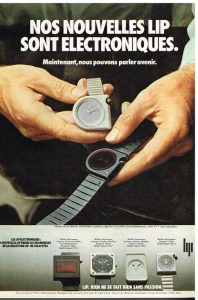
In parallel with local CETEHOR venture Lip also collaborated in 1971 with Ebauches S.A. on a smaller quartz module known as Lip Calibre T24 (ESA 9240). Lip was not involved in the manufacturing and it seems there was only a limited use of this variant.
In terms of digital quartz technology (LED) the underlying movements were bought directly from National Semiconductor Company. In Lip 1975 catalogue two variants are listed: Lip Calibre R01 with 3 functions corresponding to Novus Calibre 300.01, and Lip Calibre R02 with 4 functions, equivalent to Novus Calibre WM 04.
The end of an era
The limited advances in terms of quartz adoption and overall direction since the late 1960’s can be attributed to the challenges the company was facing at that time. These were extraordinary times standing out in history because of the fast pace of innovation as well as competition coming from far east.
To overcome some of these challenges Ebauches S.A., owning by that time more than 40% of Lip shares, implemented drastic changes such as orchestrating Fred Lip forced resignation and large personnel layoffs. This generated large discontent among Lip workers and the leftist union started one of the longest and most bitter strikes in the history of France, eventually forcing Lip into bankruptcy and liquidation.
This was the end of the company Lip Fred envisioned, but not the end of Lip story. Throughout last decades many attempts to resurrect the brand ensured it is kept alive, and even today Lip is one of the most bellowed French watchmakers producing quality products while leveraging on their rich heritage models.
Sources
https://musee-lip.fr/
https://lip.fr/blog/publicites-lip/
Electrifying the Wristwatch by Lucien F. Trueb, Gunther Ramm, Peter Wenzig
Lip – Des heures à conter by Daniel Galazzo, Marie-Pia Coustans
Watch – History of the modern wrist watch by Pieter Doensen
